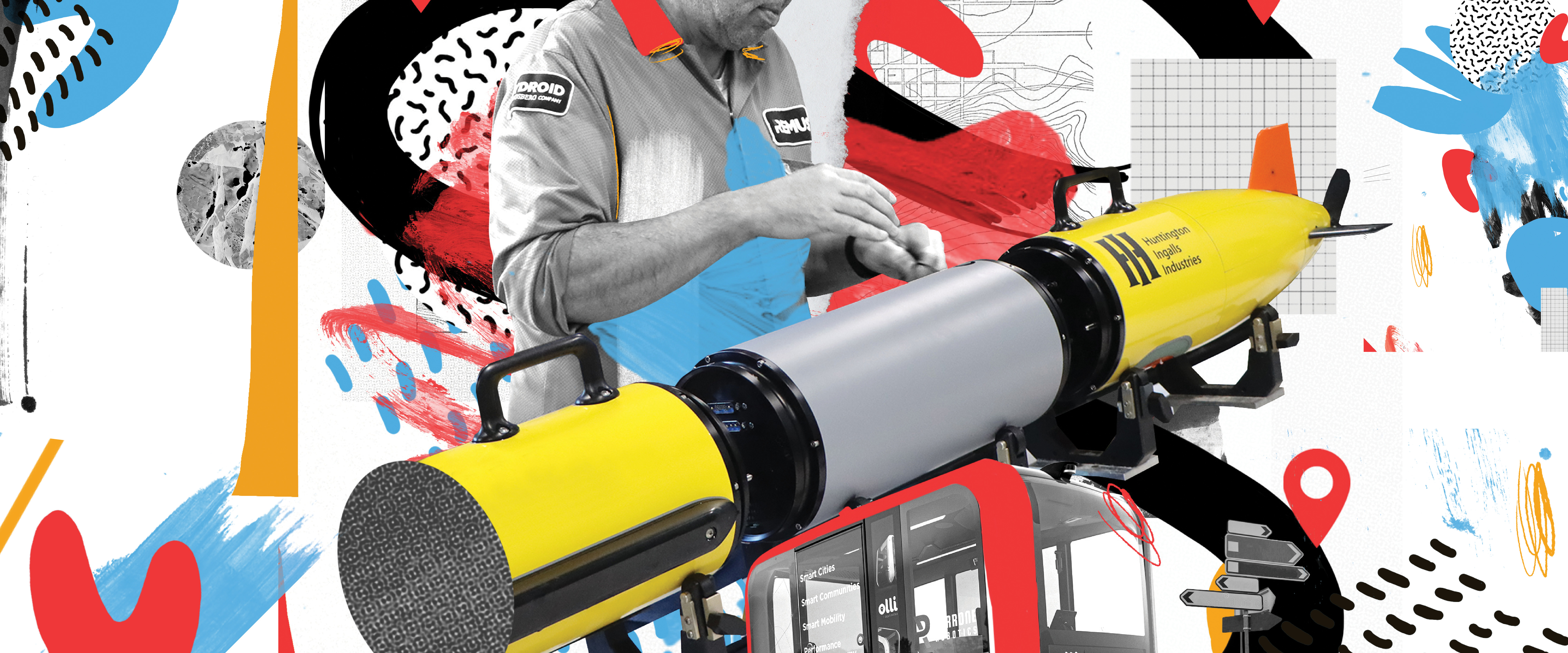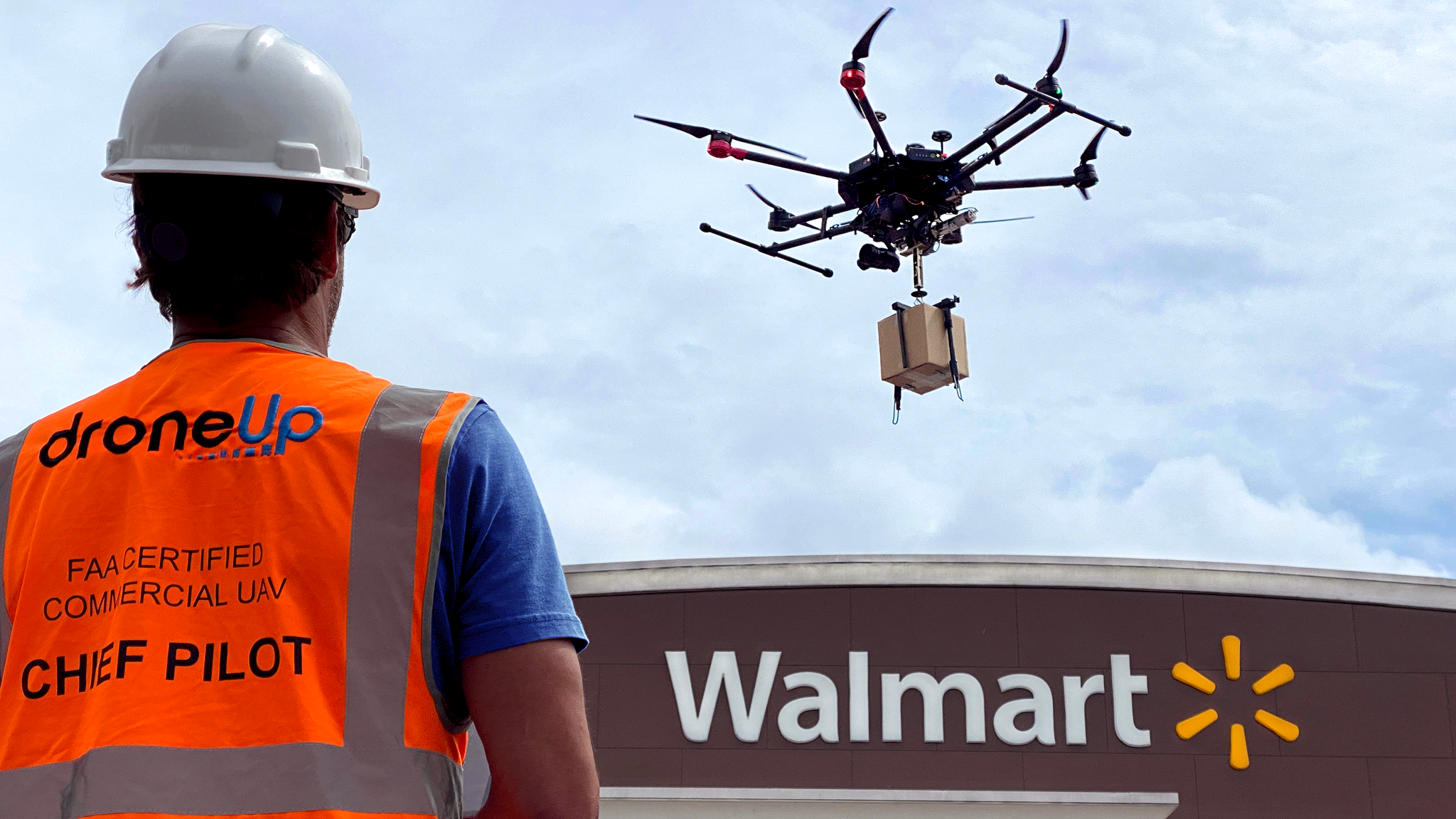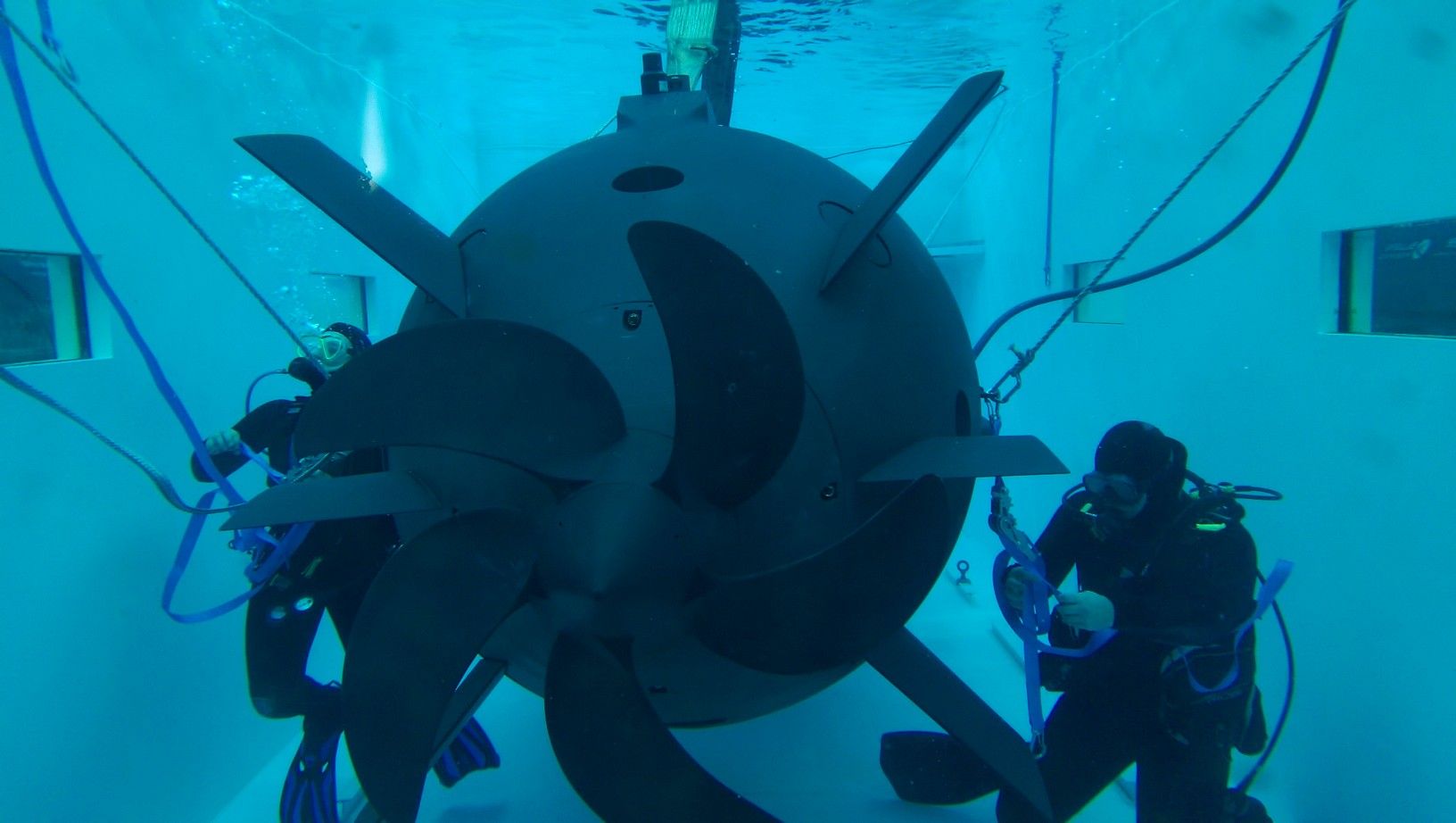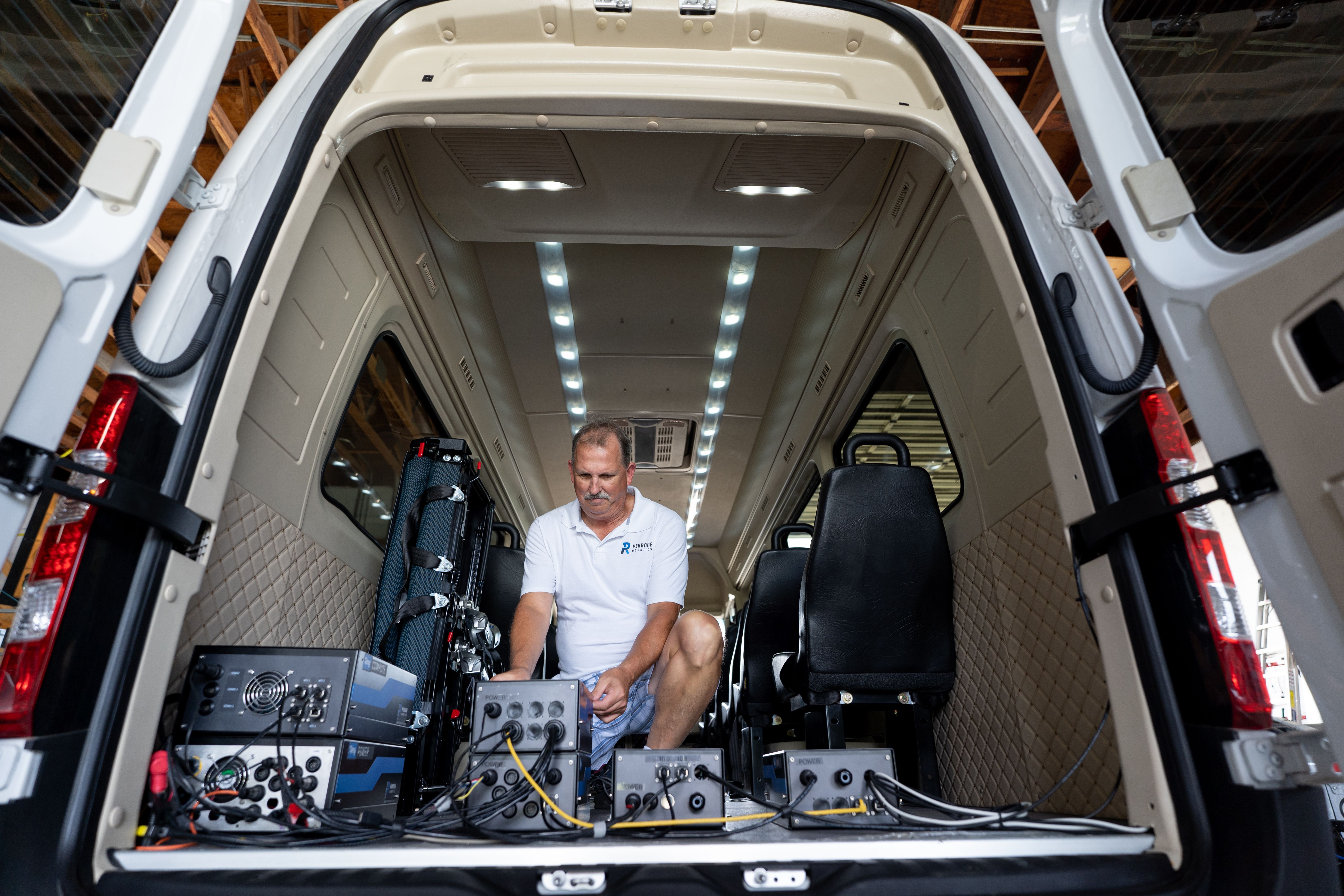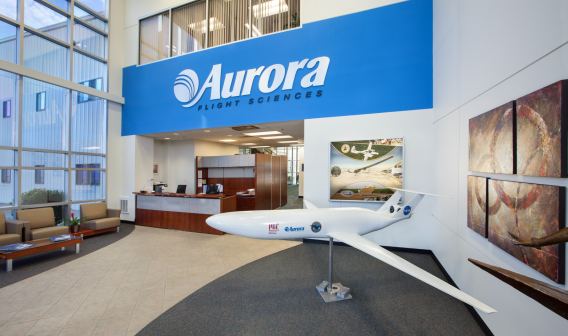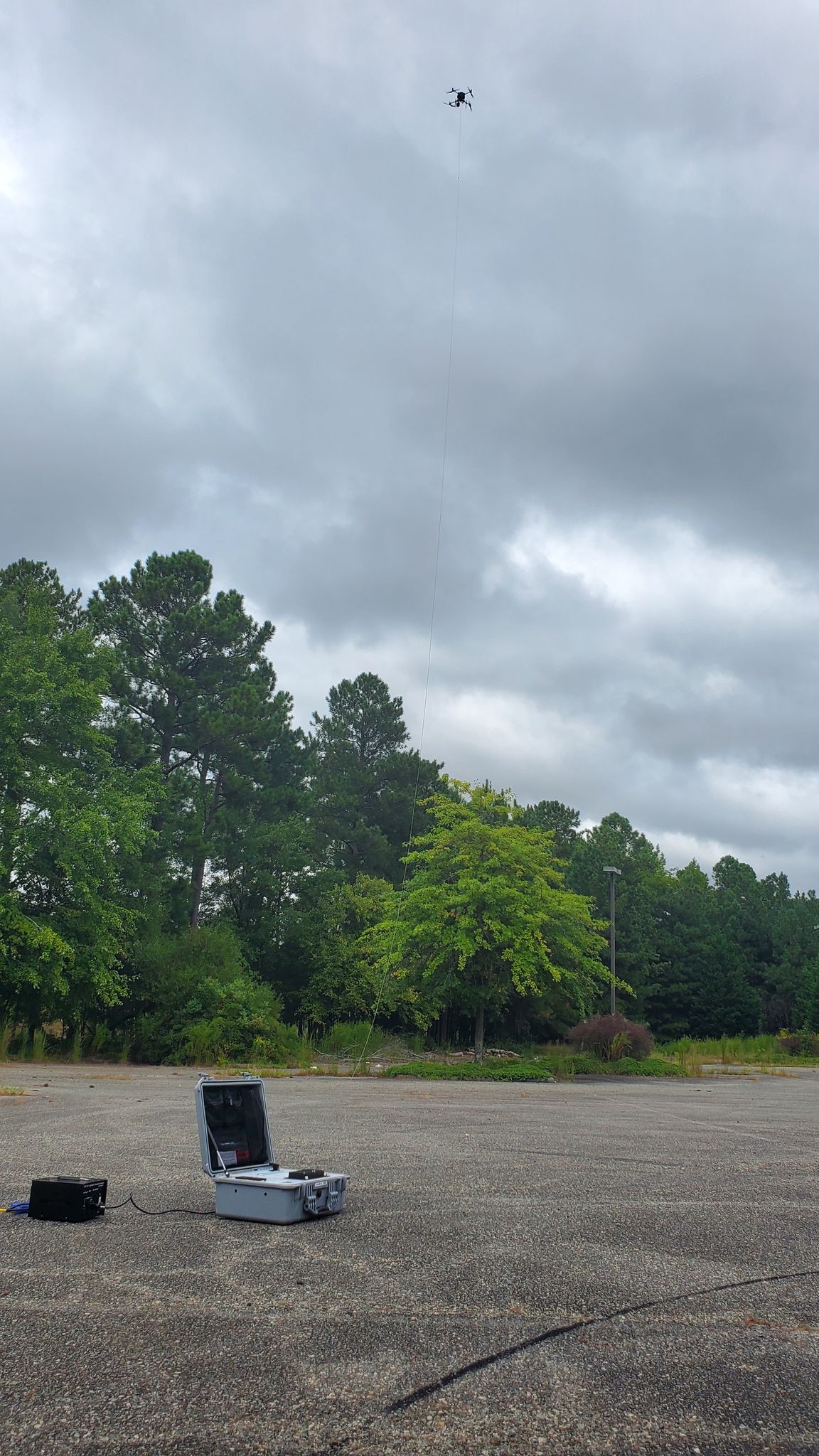
Blue Virgil's tether system allows a drone to stay aloft indefinitely and is in use by clients as diverse as the Chesterfield County Police Department (shown here demonstrating the device) and the NBA's San Antonio Spurs.
The unmanned industry had a total market value of $16.5 billion in 2020, and it’s shown on the roads, waterways, and skies, where unmanned vehicles are fulfilling uses as diverse as package delivery, real estate assessments, equipment inspection, photography and videography, public safety, national defense, lifeguarding, and personal transportation. Innovators are drawing technological inspiration from sources as modern as submarines and as natural as seabirds. Companies are refining the technologies that enable those uses and searching for the next use case where an unmanned vehicle can do a particular task more safely and effectively than a person.
In the Skies
Unmanned aerial vehicles (UAV) are working in civilian airspace on a variety of useful applications — but not exactly in the way they were presented to the public in the past, when companies as ubiquitous as Amazon, Walmart, and 7-Eleven were touting the possibility of widespread drone delivery service. Virginia made unmanned history when Wing, the drone delivery unit of Google parent company Alphabet, conducted the country’s first drone delivery trials in Christiansburg in 2019, which highlighted the possibilities of beyond-line-of-sight drone delivery.
But with the Federal Aviation Administration still finalizing rules for such services and the industry dealing with questions about public acceptance, density, and air traffic management, the prospect of lightning-quick, omnipresent drone delivery has not yet lived up to expectations.
The nuances of drone flight are familiar to Virginia Beach-based DroneUp, which leverages a network of 20,000 affiliated pilots in addition to its own staff. DroneUp essentially follows a drone-as-a-service model, allowing firms large and small to outsource UAV operations and access the company’s in-house data analysis, training, equipment, and consulting services.
“We’re finding that lots of companies in different verticals want to utilize drones, but they’re not exactly sure how,” DroneUp Chief Operating Officer Anthony Vittone said.
The biggest retailer in the country took notice. In 2020, Walmart engaged DroneUp to deliver COVID-19 test kits to residences near selected stores. DroneUp sent teams to set up temporary drone operations in Walmart parking lots in Nevada, New York, and Texas, and within a few weeks, the drones delivered hundreds of kits to homes within a mile of the locations. The partnership was so successful that the retail giant has since invested in DroneUp in a push to establish permanent last-mile drone delivery for a large portion of its product line, announcing the first delivery hubs in northwest Arkansas in November.
Many clients are using DroneUp’s expertise to get their own drone operations up and running, but even more are finding it convenient to outsource drone operations while focusing on their core business. Others look to DroneUp to augment existing drone operations.
Outside the realm of package delivery, unmanned vehicles are increasingly used for everything from urban planning and inventory management to inspection and emergency services. Beach lifeguard services are starting to use UAVs to augment existing lifesaving procedures, currently using the devices for shark and riptide identification. In the future, UAVs could be used to safely drop flotation devices to distressed swimmers faster than human lifeguards can swim to the scene — Virginia Beach company Hush Aerospace is developing a drone-and-drop system to use on the Commonwealth’s beaches.
UAVs are also increasingly used to monitor crowds and traffic. But even if you’ve seen a drone in the air above a sporting event, concert, or traffic jam, you may not have realized that it can only stay airborne for as long as its batteries last — usually just a couple of hours.
Reston-based Blue Vigil solves this problem through powered cables that can keep a drone aloft indefinitely. The company’s system consists of a ground power station that connects to a generator, AC wall power, or a vehicle through a tether. Once connected, powering up the ground station and drone takes about 30 seconds. The company also sells an OEM version of their power tether solution to manufacturers who want to embed the tether technology into a custom platform.
Blue Vigil’s tether system, manufactured in Roanoke County by Keltech Inc., can work with most drones. It’s already in use by police departments in Virginia and across the country. The NBA’s San Antonio Spurs use the system to power drones that monitor crowds during home games.
“They use a drone with our tether system for crowd control as people arrive and leave the arena,” Blue Vigil CEO Rob Schumann said. “It works really well for them.”
On (and Below) the Waves
On and under the water, unmanned vehicles have been widely used across the offshore energy sector for monitoring and maintenance, while other maritime applications include security, mapping, and a wide range of data collection. They’re in widespread use by the U.S. military for applications like intelligence gathering and mine countermeasures, and the Navy and Marine Corps are accelerating rollout of unmanned surface and underwater vessels for applications including cargo movement.







